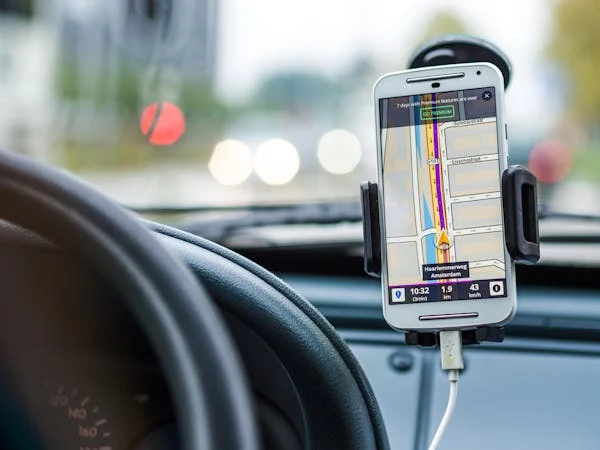Google Maps, a ubiquitous tool for navigation and exploration, has recently undergone updates introducing a suite of new customization features. These updates aim to enhance user experience, providing greater control and personalization options. Let’s delve into these updates and examine how they empower users to tailor their navigation experience.
1. Personalised Mapping Experience
Google Maps now allows users to personalise maps with custom colours and icons, offering a more intuitive and visually appealing mapping experience. With a variety of colours and icons to choose from, users can distinguish between different locations, landmarks, and points of interest. This customization feature not only adds visual flair but also facilitates easier navigation and exploration.
2. Curated Lists of Places
A significant addition to Google Maps is the ability to create and share personalised lists of places. Users can curate lists of their favourite restaurants, attractions, or other points of interest, organising them into thematic collections. Whether planning a trip or exploring a new city, these lists serve as valuable resources for discovering and sharing favourite places. This feature enhances collaboration and community engagement, allowing users to share recommendations and discover new experiences.
3. Custom Labels for Locations
Google Maps now enables users to add custom labels to places on the map, providing additional context and information. Whether it’s adding notes about parking spots, meeting points, or specific landmarks, custom labels enhance the utility of Google Maps for users’ personal needs. This feature empowers users to annotate the map with their own insights and information, making navigation more personalised and informative.
4. Enhanced Street-Level Imagery
With updated street-level imagery and 3D views, Google Maps offers users a more immersive and detailed perspective of their surroundings. Improved rendering and imagery quality provide greater clarity and realism, allowing users to explore streets, neighbourhoods, and landmarks with enhanced visual fidelity. This enhancement makes navigation more intuitive and engaging, especially when exploring unfamiliar areas or planning routes.
5. Augmented Reality (AR) Navigation
Google Maps now integrates augmented reality (AR) features, allowing users to overlay navigation directions onto the real world. AR navigation provides turn-by-turn directions overlaid onto the live camera view of users’ surroundings, making it easier to navigate complex intersections and unfamiliar streets. This hands-free navigation experience is particularly useful for pedestrians exploring urban environments or navigating unfamiliar areas.
Finally
Google Maps’ latest updates introduce a range of new customization tools that enhance the functionality, usability, and versatility of the platform. From personalised mapping features to curated lists, custom labels, enhanced imagery, and augmented reality navigation, these updates empower users to tailor their navigation experience to their individual preferences and needs. As Google Maps continues to evolve and innovate, it remains an indispensable tool for navigation and exploration, providing users with the tools they need to navigate the world with confidence and ease.

